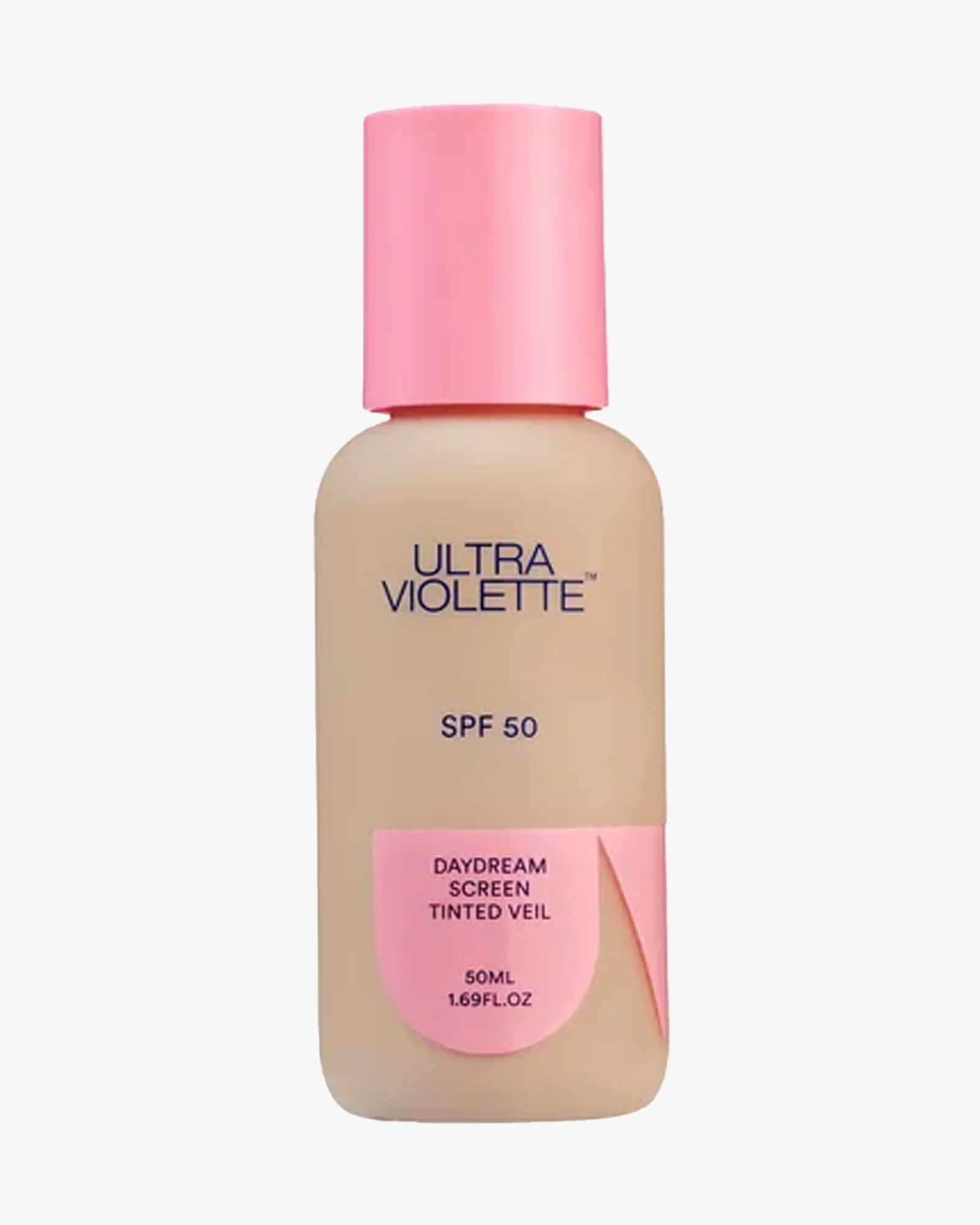We’re Debunking These Sunscreen Myths
Still skipping sunscreen on cloudy and rainy days? Here’s what the experts have to say.
By Leira Aquino
In recent years, sunscreen has finally earned a well-deserved spot in the Filipino skincare routine. And rightly so. Sun exposure is no joke, especially in the Philippines where everyday life is lived under intense sun. But while more people are applying SPF daily, a surprising number of myths still cloud our understanding of how sunscreen actually works and how to use it properly.
The internet is flooded with tips, tricks, and viral advice, but “wear your sunscreen” is just the beginning. Without proper context, we risk falling for misinformation that could do more harm than good.
To set the record straight, we spoke to Joyce de Lemos, a Filipino cosmetic scientist and biochemist behind Dieux Skin, and Dr. Katrina Reyes, a board-certified dermatologist and fellow of the Philippine Dermatological Society to clear up the many persistent and erroneous beliefs surrounding SPF in the Philippines.
Myth #1: You can skip sunscreen on cloudy and rainy days
One of the most persistent myths is that you don’t need sunscreen on cloudy days. “Overcast [weather] blocks only about 20% of UV rays,” Dr. Reyes explains. “These are your UVB or ‘B for burning’ rays, so while your risk for sunburn lessens, you’re still at risk for developing wrinkles, sagging, pigmentation, and some types of skin cancer caused by UVA or ‘A for aging rays.” In melasma or post-inflammatory hyperpigmentation, according to Dr. Reyes, UVA actually plays a bigger factor than UVB.
Even if it’s raining, gloomy, or you’re inside the house, the sun can still penetrate through clouds and glass windows. De Lemos reminds us: ”If it’s daytime, it means the sun is out. If you’re out too, it means you’re getting exposed to UV rays.”
Myth #2: Darker skin tones don’t need sunscreen
There’s also a common myth among those with morena or moreno skin tones that they don’t really need sunscreen. While it’s true that darker skin tones have some natural protection against UV radiation because of the increased melanin, it’s not enough to skip SPF altogether. According to Dr. Reyes, a study showed that melanin-rich skin types are more affected by UVA and visible light (particularly blue light) which can lead to deeper, longer-lasting pigmentation. So, how do you protect yourself? “This is when your tinted sunscreens or iron oxide-containing sunscreens for everyday use as well antioxidants come into play,” she explains.

Tinted sunscreens, such as the Ultraviolette Daydream Screen Tinted Veil SPF 50+, combine sun protection with iron oxides and medium coverage, making them a practical everyday alternative to foundation.
Myth #3: SPF numbers linearly reflect UVB protection
There’s a widespread belief that higher SPF equals double or triple the protection, but the truth is more nuanced. “Somehow people started associating SPF with the amount of time that one can be exposed to the sun before getting sunburned but it’s actually the amount of sun exposure,” de Lemos explains.
Dr. Reyes agrees: “The law of diminishing returns applies to SPF numbers,” she says. An SPF 15 blocks about 93% of UVB rays, SPF 30 blocks 97%, and SPF 50 blocks 98%. While SPF 100 may seem significantly stronger, it actually only blocks about 99%, a marginal difference. “When you go higher than SPF 50, there’s really not much of a difference,” Dr. Reyes says.
Even SPF 100 can only block as much as 99%. There is no sunscreen or SPF number that can block 100% of UVB rays.
The most important factor isn’t the SPF number itself (SPF 30 already does the job well!) but whether the sunscreen is applied generously and reapplied consistently.
Which brings us to the next myth…
Myth #4: Reapplication isn’t as necessary with higher SPF
Another misconception is that higher SPF means you don’t need to reapply as often. Many people apply sunscreen in the morning and then forget about it for the rest of the day. This false confidence can lead to more damage in the long run. In fact, according to Dr. Reyes, “some countries ban sunscreens labelled higher than SPF 50 because consumers tend to have a false sense of protection and reapply it less.”
“Reapplication is important even when you’re not doing water-based activities,” de Lemos says, adding that you need to reapply sunscreen every two to three hours if you’re exposed to the sun for an extended period of time, and if you really want to protect your skin.
Myth #5: There is waterproof sunscreen
And lastly, no sunscreen is waterproof. It can be water resistant, but never waterproof.
In a country like the Philippines where the UV index is consistently high and humidity causes frequent sweating, reapplying sunscreen is recommended—moreso if you’re swimming, playing sports, or wiping your skin.
If you’re outdoors for extended periods–whether you’re snorkeling in El Nido or walking around Intramuros–it’s smart to reapply every 40 to 80 minutes if you’re using a water-resistant formula. “When swimming or at the beach, reapply every 40 to 80 minutes depending on the sunscreen label,” Dr. Reyes advises. “Whenever you towel dry or wipe your skin like during intense sports, you will have to reapply sunscreen immediately.”
However, she admits that she doesn’t know a person who can follow this perfectly. “So I prescribe oral sunscreens to patients who I know will be having intense sun exposure and distracting physical activities,” she says.
Dr. Reyes emphasizes that oral sunscreens do not replace topical sunscreens at all. “They are only about SPF 3-5,” she says. “They do not block the sun’s rays but just contain antioxidants that neutralize free radicals and reduce inflammation from UV exposure and enhance skin repair.” Think of them as backup–not a shield.
Smarter protection, healthier skin
Sunscreen isn’t just for beach days or sunny weather. It’s a daily essential. Yet despite growing awareness, old myths still shape how many of us use it.
With insights from de Lemos and Dr. Reyes, one thing becomes clear: sunscreen works best when we properly understand how to use it–and do so! Choosing the right formula, applying it properly, and reapplying when needed can make a real difference. In a climate like ours, protecting your skin is more than a beauty step—it’s part of living well every day.




